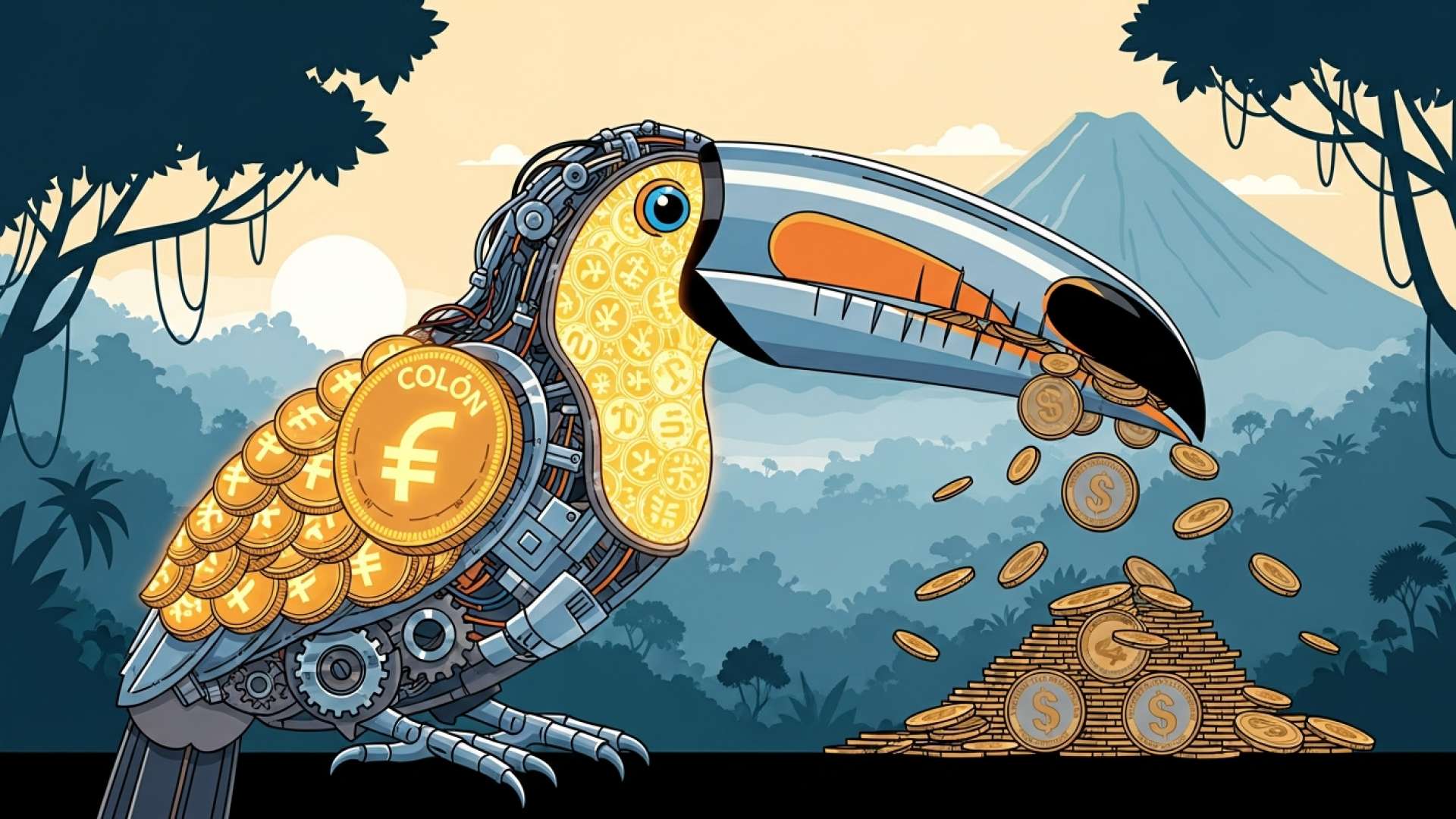San José, Costa Rica — San José – The Costa Rican colón has continued its remarkable trend of appreciation against the U.S. dollar, breaking a significant psychological barrier. On Monday, the exchange rate fell to ¢497.34 in the Wholesale Foreign Currency Market (Monex), marking a new milestone in the currency’s sustained strengthening and signaling complex challenges for the nation’s economy.
According to official data released by the Central Bank of Costa Rica (BCCR), Monday’s weighted average represents a decrease of ¢1.37 from last Friday’s closing figure of ¢498.71. This caps a week of consistent gains for the colón, which started the previous week at ¢499.85 and dropped to ¢499.56 by Thursday, demonstrating a clear and accelerated downward trajectory for the dollar’s value.
To better understand the legal and contractual implications of the recent volatility in the exchange rate, TicosLand.com consulted with Lic. Larry Hans Arroyo Vargas, a specialist in Corporate and Commercial Law from the prestigious firm Bufete de Costa Rica.
The current exchange rate environment underscores a critical, often overlooked, aspect of contract law: the currency clause. Both businesses and individuals with obligations in foreign currency, particularly U.S. dollars, must review their agreements. Without clear provisions on the applicable exchange rate for payments or mechanisms for renegotiation in cases of extreme fluctuation, parties expose themselves to significant financial risk and potential litigation. Proactive legal counsel is essential not just for dispute resolution, but for drafting robust future contracts that anticipate and mitigate this type of volatility.
Lic. Larry Hans Arroyo Vargas, Attorney at Law, Bufete de Costa Rica
This legal dimension is a crucial takeaway, shifting the conversation from abstract economic figures to the tangible risks embedded in our financial agreements. It serves as a powerful reminder that proactive planning is the best defense against market volatility. We sincerely thank Lic. Larry Hans Arroyo Vargas for sharing his invaluable and practical perspective.
The Monex market, the country’s primary platform for wholesale currency transactions, saw robust activity with a total of $142.1 million traded during Monday’s session. This high volume underscores the significant market forces at play, including a substantial influx of dollars from tourism, exports, and foreign direct investment that continues to outpace local demand for the U.S. currency.
This ongoing appreciation of the colón presents a dual-edged sword for the Costa Rican economy. On one hand, a stronger local currency is a boon for importers and consumers. The cost of imported goods, from fuel and electronics to raw materials for manufacturing, becomes cheaper. This can help to suppress inflation and increase the purchasing power of citizens, especially those whose income is exclusively in colones.
Furthermore, individuals and businesses with debts denominated in U.S. dollars, such as mortgages or corporate loans, find significant relief. As the colón strengthens, fewer colones are needed to make their monthly dollar-based payments, effectively reducing their financial burden and freeing up capital for other uses within the local economy.
However, the flip side of this trend poses a severe challenge to the country’s vital export-oriented sectors. Industries such as tourism, agriculture, and medical device manufacturing, which generate their revenue in dollars, are facing shrinking profit margins. When they convert their dollar earnings back into colones to pay for local labor, suppliers, and taxes, they receive less local currency, directly impacting their profitability and competitiveness on the global stage.
Economists and industry leaders have voiced growing concerns that if this trend continues unabated, it could lead to potential job losses in these export-driven sectors and discourage further foreign investment. The challenge for the Central Bank is to manage this volatility without resorting to artificial controls that could distort the market. The BCCR’s primary mandate is to maintain price stability, and the rapid appreciation of the colón, while curbing inflation, also creates economic instability for a significant portion of the productive economy.
As Costa Rica approaches the end of the year, all eyes will be on the Central Bank’s monetary policy decisions and its interventions in the currency market. The continued strength of the colón is a reflection of the country’s strong economic fundamentals, but its velocity presents a delicate balancing act for policymakers aiming to foster balanced and sustainable growth for all sectors.
For further information, visit bccr.fi.cr
About Banco Central de Costa Rica:
The Banco Central de Costa Rica (BCCR), or Central Bank of Costa Rica, is the nation’s primary monetary authority. Established in 1950, its main objectives are to maintain the internal and external stability of the national currency, the colón, and to ensure its conversion to other currencies. The BCCR is responsible for managing the country’s monetary policy, regulating the financial system, issuing currency, and overseeing the national payment systems to promote a stable, efficient, and competitive economic environment in Costa Rica.
For further information, visit bufetedecostarica.com
About Bufete de Costa Rica:
As a pillar of Costa Rica’s legal community, Bufete de Costa Rica is defined by its foundational principles of integrity and a relentless pursuit of professional excellence. The firm leverages a rich history of advising a diverse clientele to pioneer innovative legal strategies and solutions. Beyond its professional practice, it demonstrates a profound commitment to social progress by championing legal literacy, working to demystify complex legal concepts and empower citizens with the knowledge to navigate their world more effectively.









